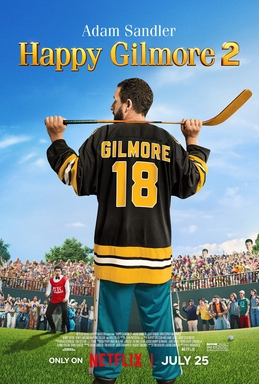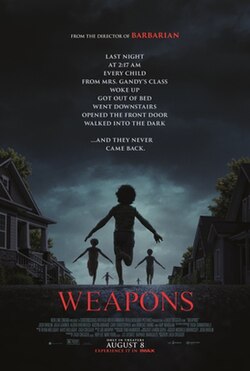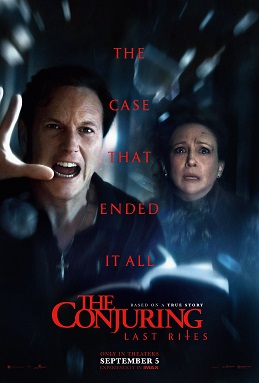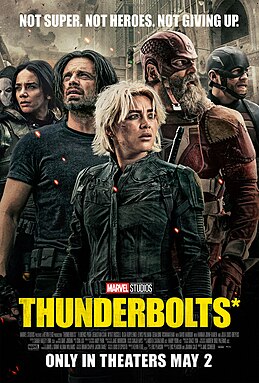From the mind of Stephen King, “The Long Walk” (2025) first hit the silver screen on Sep. 12, 2025. Grossing 11 million dollars on its opening weekend alone, “The Long Walk” has gained numerous new fans following its release. The long-awaited adaptation offers the audience a bleak and emotional ride, without detracting from the original 1979 story.
The dystopian film is set in an unnamed year, 19 years after “the war” (believed to be the Second American Civil War), with a distinct style, both in clothing and technology, that evokes the Vietnam Era in America. This war caused America to slump into an economic depression (similar to the Great Depression) and a new militaristic totalitarian regime, where most are living in poverty and are not allowed to speak about the old way of life. As a result, “The Long Walk” became a government-sanctioned annual event, a means of generating revenue through the live broadcasting of the event.
Boys between the ages of 16 and 18 (with a few exceptions) volunteer to participate in the walk, with 50 being chosen through a raffle system. They are to walk at a steady pace of over three miles per hour; if they fall under three miles per hour, they get their first warning, if they stay under for 10 seconds, they get their second warning, and if they stay under for any longer, they get their “ticket” (a bullet to the head). All the boys are to do this without rest for hundreds of miles, until only one is left. The winner is to receive whatever they want for the rest of their life, along with a large sum of money, all at the cost of their sanity (and friends).
The movie remains remarkably accurate to the book, with many of the premises being the same. Both versions feature the same cast of characters: the main character, Ray Garraty, played by Cooper Hoffman (son of the late Philip Seymour Hoffman), his new friend, Peter McVries, played by David Jonsson, and the main antagonist of the story, The Major, played by the legendary Mark Hamill. Both the book and movie establish the dystopian society of oppression and bleakness in which the characters reside, all of it ruled by the Major, the president of this alternate America, who chooses to oversee each Long Walk.
The underlying motive of the story remains largely the same, with both iterations serving as a sort of allegory to the American government. King originally wrote the story in 1966 as a protest against the Vietnam War. King believed it was an abuse of governmental powers and largely disagreed with the mandatory drafts. Some have drawn a parallel between the original message and the abuse of governmental powers in America today.
For the sake of filming, some changes had to be made to the story, one of which was the walking speed of three miles (as opposed to the book’s original four-mile pace), a change requested by King himself. The book states that “The Long Walk” has 100 members instead of the 50 that are seen in the film, with the new number allowing for greater character development in a shorter amount of time. The film focuses far more on the desolate world around them and the isolation of the walk, showing the walkers with little to no crowd, rather than the uproarious crowd constantly on the sidelines in the novel. In the motion picture, viewers see the lasting effects of the Second American Civil War, whereas the book takes place in a world where Germany won World War II, and an American-German Cold War ensued. This war led to the militaristic version of America seen in the book.
The movie, unexpectedly to some, can be pretty emotional at times, focusing on themes of brotherhood, loss, faith and existentialism. What was advertised as a horror movie has brought many to tears, with multiple devastating blows to the audience throughout the film. The characters in “The Long Walk” come across as real people who have been thrust into a dire situation. They all hurl jokes (and insults) at one another and even make a few friends along the way. Yet, all have the same thought looming in the back of their head, “Only one of us will make it out of this alive, and it has to be me.” The film doesn’t pull any punches either, showing almost all of the gruesome deaths (a prerequisite from King), backed by the use of practical effects —a surprising addition in a movie that was once considered unfilmable. The ending, as harrowing as it is ambiguous, leaves the audience speechless and with something to think about, as each person has their own interpretation of what the ending means.
“The Long Walk” is an incredible, thought-provoking work that both enthralls and distresses the viewer. Unexpectedly emotional, “The Long Walk” is one of King’s best movie adaptations to date.













